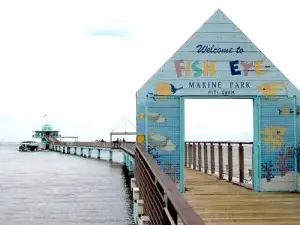
Piti
The village name is probably derived from the CHamoru word puti, which means to hurt or ache.

The village name is probably derived from the CHamoru word puti, which means to hurt or ache.
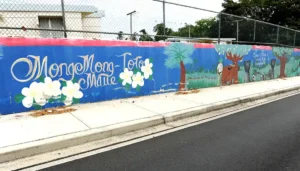
The three villages of Mongmong, Toto, and Maite comprise one municipality.
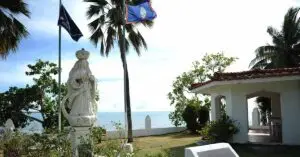
Always known as a place for fishing, the village’s original name, Malesso’, derives from the CHamoru word lesso’, a juvenile stage in the growth of
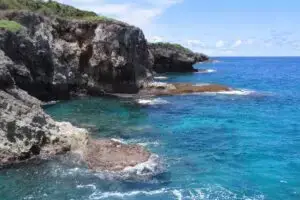
Mangilao derives its name from the word ilao, which means to look for something. In the past, hunters and fishermen would go to Mangilao to
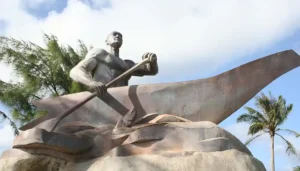
The village’s CHamoru name, Inalåhan, probably refers to the åla or large woven coconut-leaf harvest baskets for which the village was noted. The name could
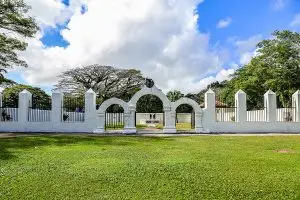
Hagåtña is derived from the word haga, meaning blood. It is believed that this village came about due to the bloodlines of the families that
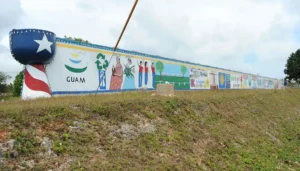
The origin of the village name Dededo, Dedidu in CHamoru, may come from the practice of measuring using fingers. The Spanish word for finger is
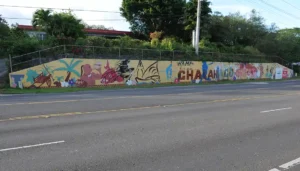
Chalan Pago is a CHamoru word that means “Pago Road.” Chalan Pago referred to the area traveled through to get from Hagåtña to Pago, which

Barrigada comes from the CHamoru word meaning “flank” (the side of the stomach). The first written mention of the word “Barrigada” comes from Recollect Father

The village of Asan probably derives its name from the word Hassan, which means scarce or rare in CHamoru. There are several theories of the